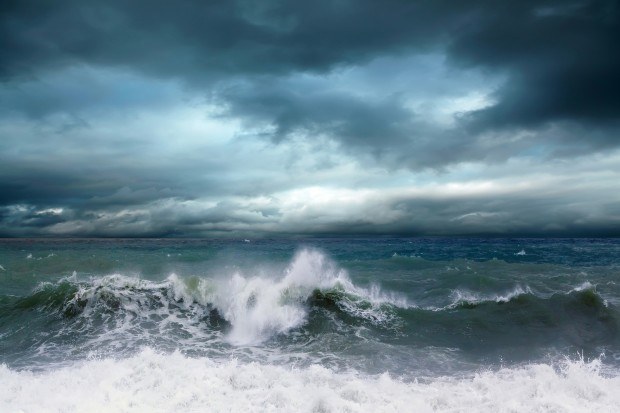 Risk to U.S. property from thunderstorms is as high as from hurricanes, according to new research finding that for the past decade, severe convective storms have been the largest annual aggregated risk peril to the U.S. insurance industry.
Risk to U.S. property from thunderstorms is as high as from hurricanes, according to new research finding that for the past decade, severe convective storms have been the largest annual aggregated risk peril to the U.S. insurance industry.
The average annual loss from severe convective storms (SCS) including tornadoes and hailstorms was $11.23 billion, compared with $11.28 billion from hurricanes for the period 2003 to 2015, according to research published by Willis Re, the reinsurance division of global consultant and brokerage Willis Towers Watson. The report, Managing Severe Thunderstorm Risk, was compiled with Columbia University using Verisk Analytics’ Property Claims Services loss statistics.
The research reviews the impact on SCS activity of the El Nino-Southern Oscillation (ENSO) effect of warming seat surface temperatures in the eastern and central tropical Pacific. ENSO is the main source for forecasting seasonal temperatures and rainfall, especially during the fall and winter, the report notes.
According to the report, the number of tornado and hail reports was actually low in 2015 and 2016 compared to previous years, which could have been related to the strong El Nino warming conditions around the same time.
“Regional variability in increased or reduced severe convective storm frequency due to the El Niño-Southern Oscillation (ENSO) phase can have a significant impact on regional and single state property insurance companies,” according to Prasad Gunturi, executive vice-president, Willis Re.
He said Willis Re is working with Columbia University to develop a set of severe convective storm probabilistic loss estimates to help companies “understand, manage and mitigate the regional and year over year variability in severe convective storm losses.”
Willis Re plans to produce monthly forecasts of tornado and hail activity for client use.
“The latest research shows that ENSO and other climate signals modulate the frequency of tornado and hail activity in the U.S. We’re excited to be using that research as a scientific basis for making long-range (up to a month) forecasts of the meteorological factors that go along with severe convective storms,” said Michael Tippett, associate professor in Columbia Engineering’s Department of Applied Physics and Applied Mathematics.
Source: Willis Re and Columbia University





















 California Workers Comp Combined Ratio for 2024 Highest in 20-Plus Years
California Workers Comp Combined Ratio for 2024 Highest in 20-Plus Years  Rebuilding Negotiation Talent: Why This Skill Is Missing and How to Fix It
Rebuilding Negotiation Talent: Why This Skill Is Missing and How to Fix It  Five AI Trends Reshaping Insurance in 2026
Five AI Trends Reshaping Insurance in 2026  Executives on the Move at Liberty Mutual, Cowbell, W. R. Berkley
Executives on the Move at Liberty Mutual, Cowbell, W. R. Berkley 





